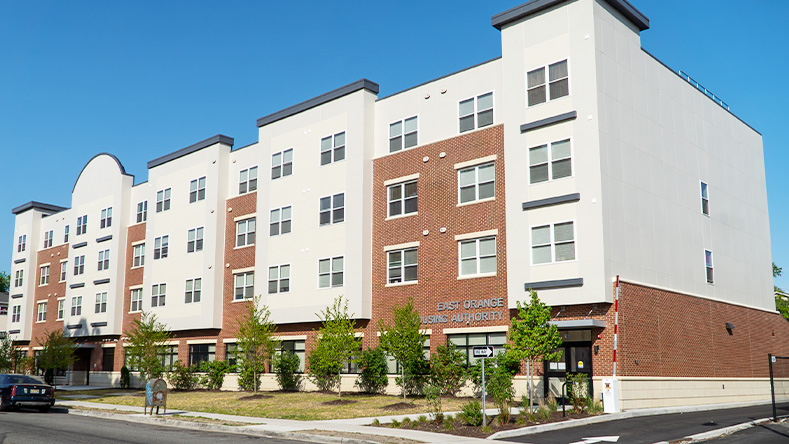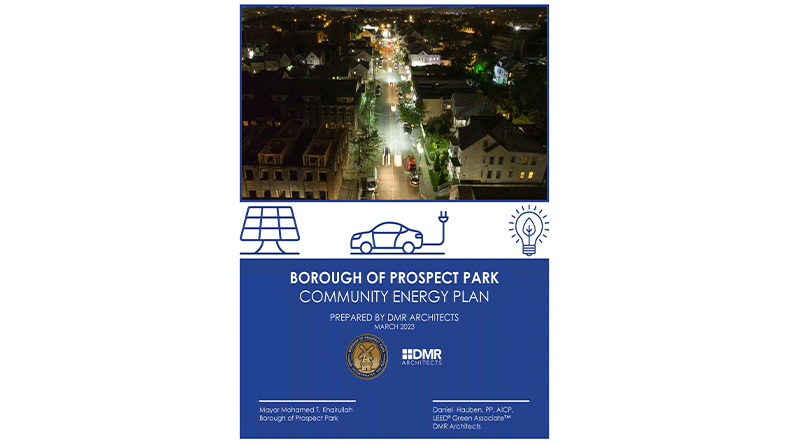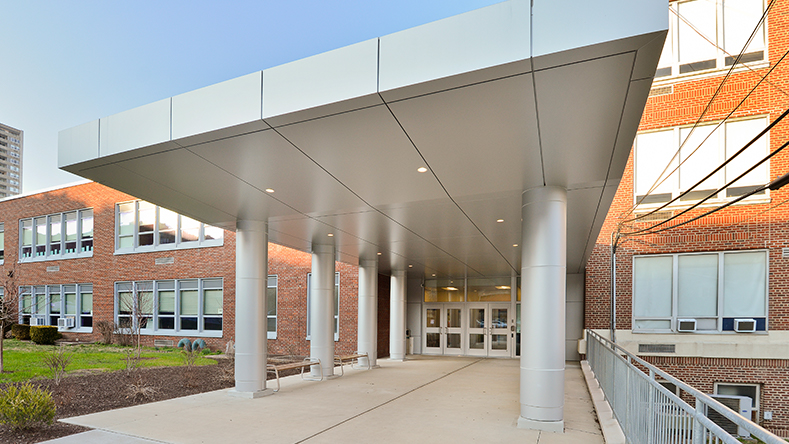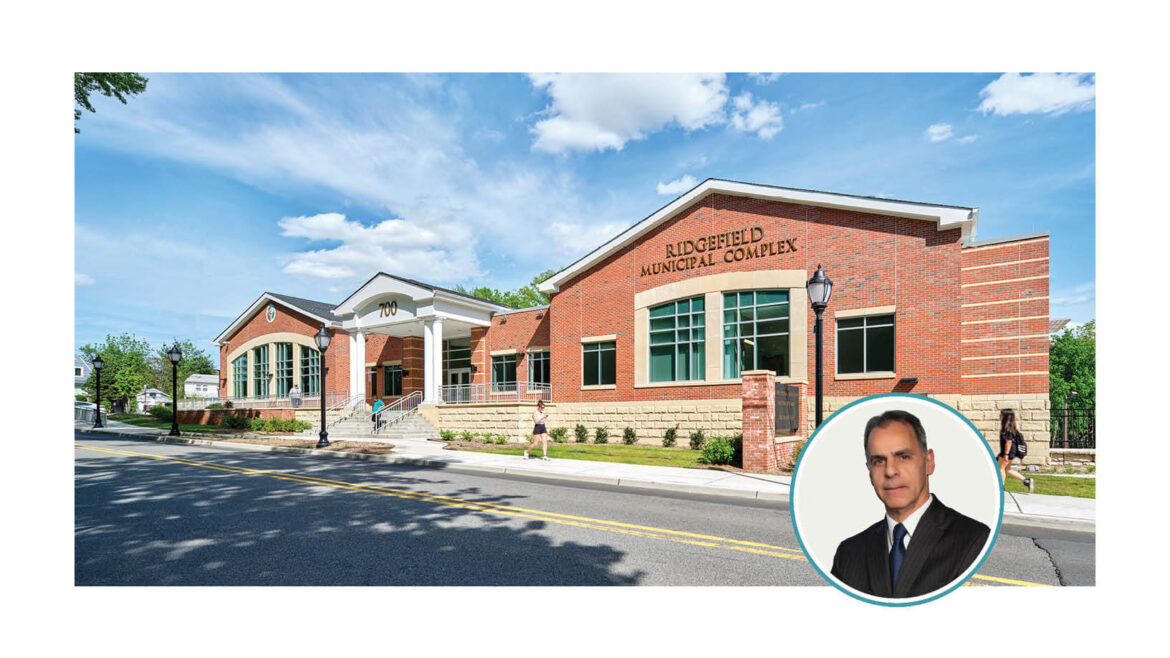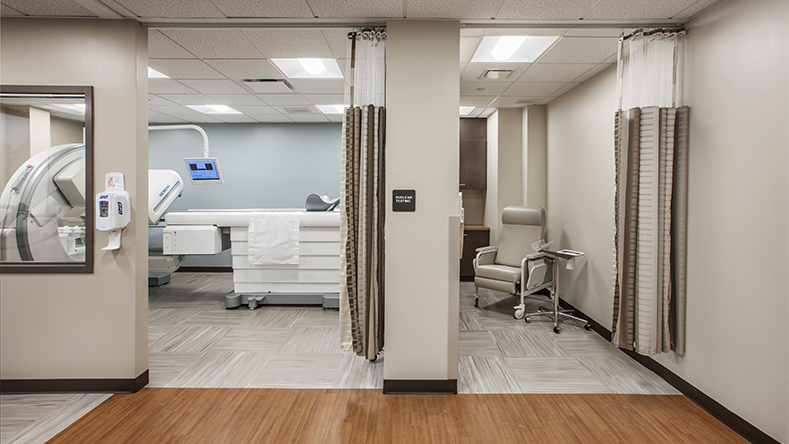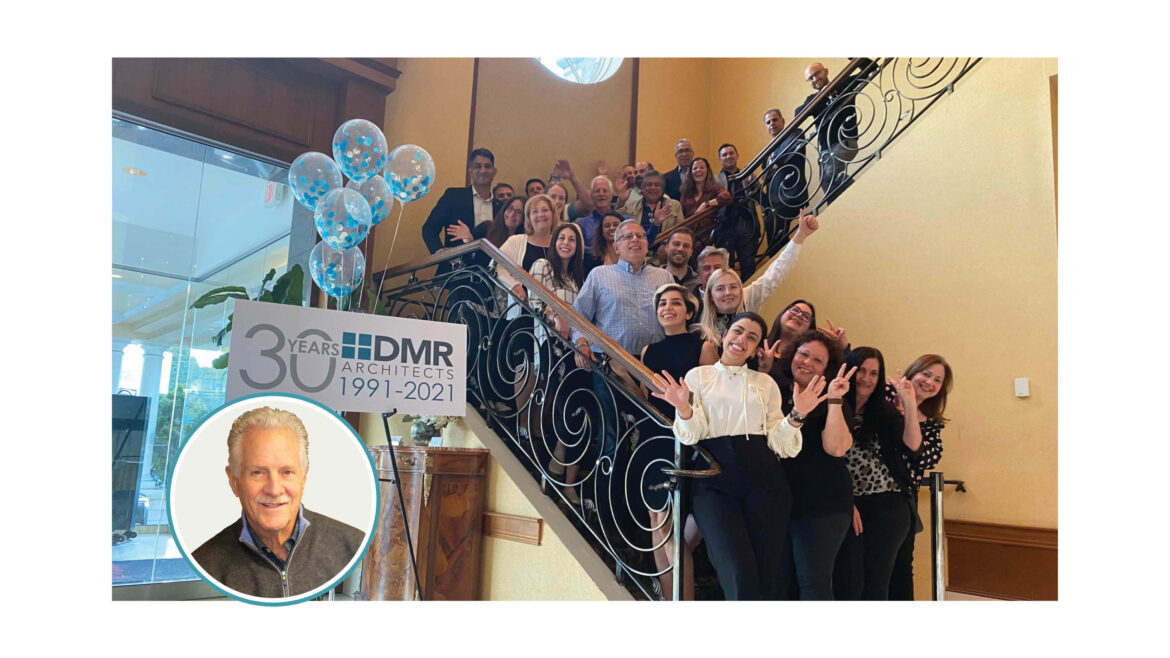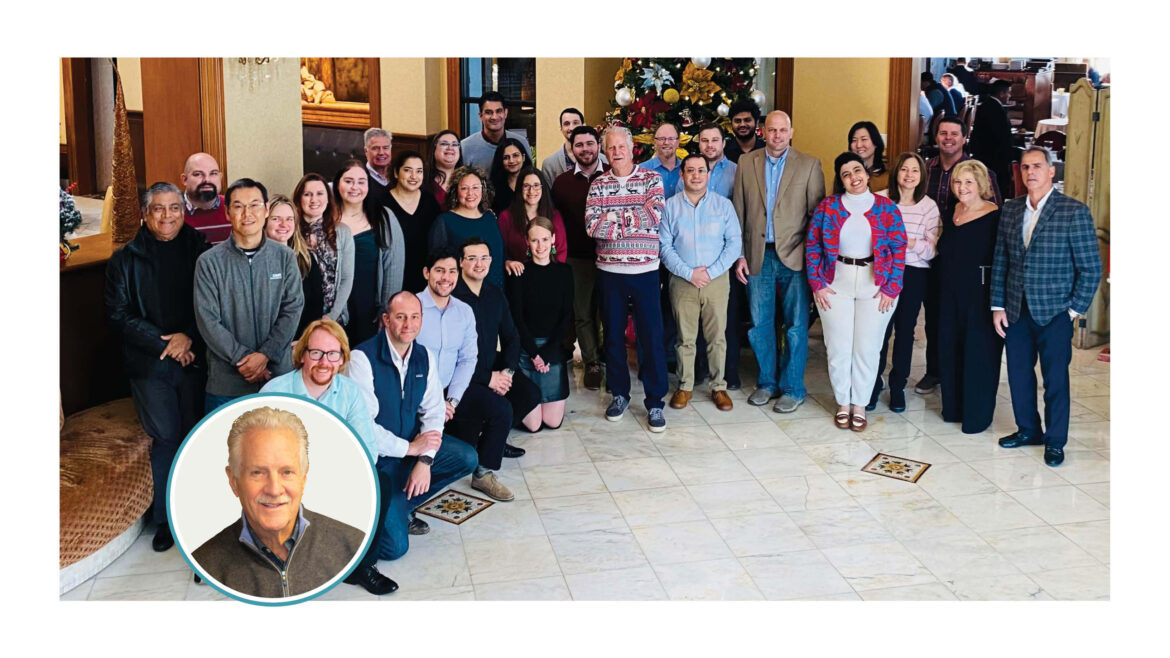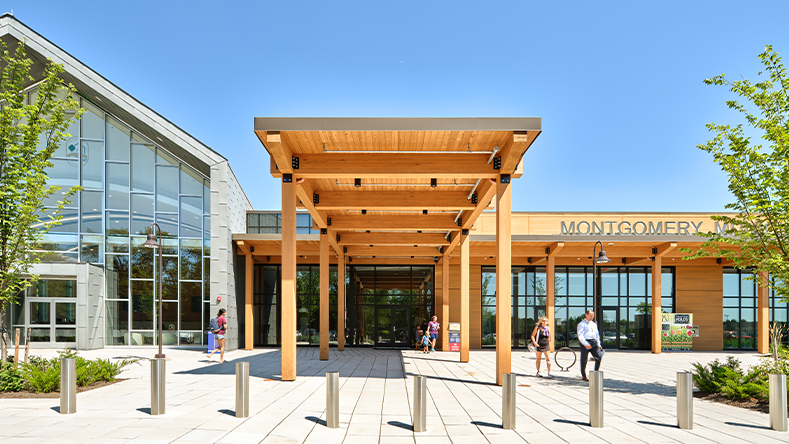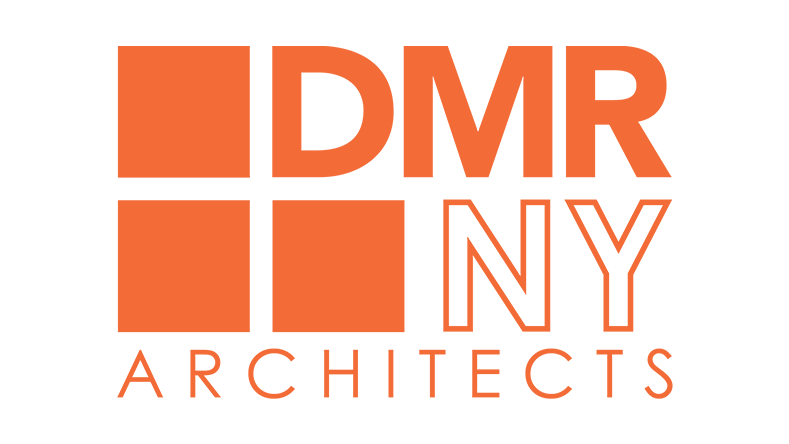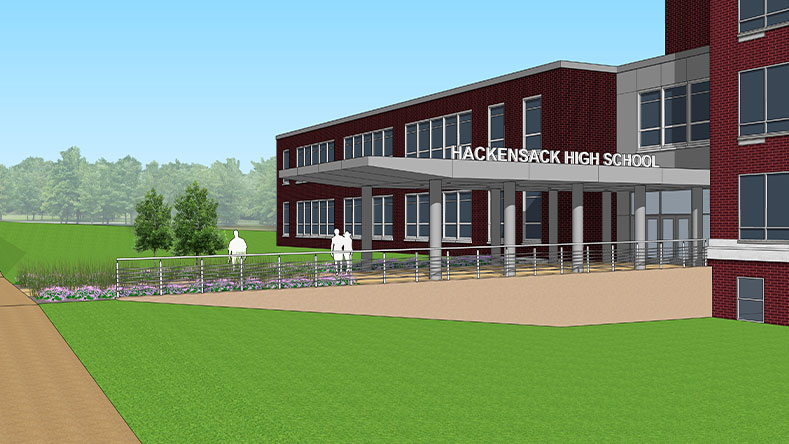DMR has worked within numerous municipalities in New Jersey to design affordable housing solutions that become points of pride, including two projects that have recently opened: one with the East Orange Housing Authority and its partners and another in Upper Saddle River for the Bergen County Housing Development Corporation.
At the Ted R. Green Senior Residences in East Orange, DMR worked with the East Orange Housing Authority, Genesis Companies and The Metro Company to construct a 60-unit, 61,000 SF facility, with 15 units set-aside and marketed to homeless persons, in addition to 8,000 SF of administrative offices and indoor and outdoor community space.
“There is no one-size-fits-all solution to affordable housing or for inviting senior residents to age in place,” said Fernando Robledo, AIA. “In this case, we created an attractive and engaging facility that also addresses this population’s need for special services.”
The project, constructed on an assemblage of four parcels, was constructed in one of New Jersey’s most populated areas. The process required acquiring adjacent properties and determining what type of program – new construction, renovation or additions – would best serve the needs of the community.
It’s the second DMR-designed affordable housing project to open in one month, following the ribbon cutting of The Residences at Upper Saddle River in May.
“The affordable housing obligation is not to the state, but to the residents in each community, those who want to remain local, age in place or have other special needs,” said Kurt Vierheilig, AIA, LEED AP BD+C. “Our projects respond to this commitment in a way that reflects each community, the architecture around them and welcomes the residents who will live there.”
The Residences at Upper Saddle River is a 70-unit residential community for senior citizens and special needs households situated on an eight-acre site, adjacent to undisturbed wetlands. The design prioritizes gathering and interaction that draws on the features of the site.
DMR’s multi-family experience also includes another ongoing affordable housing project in Middletown.


